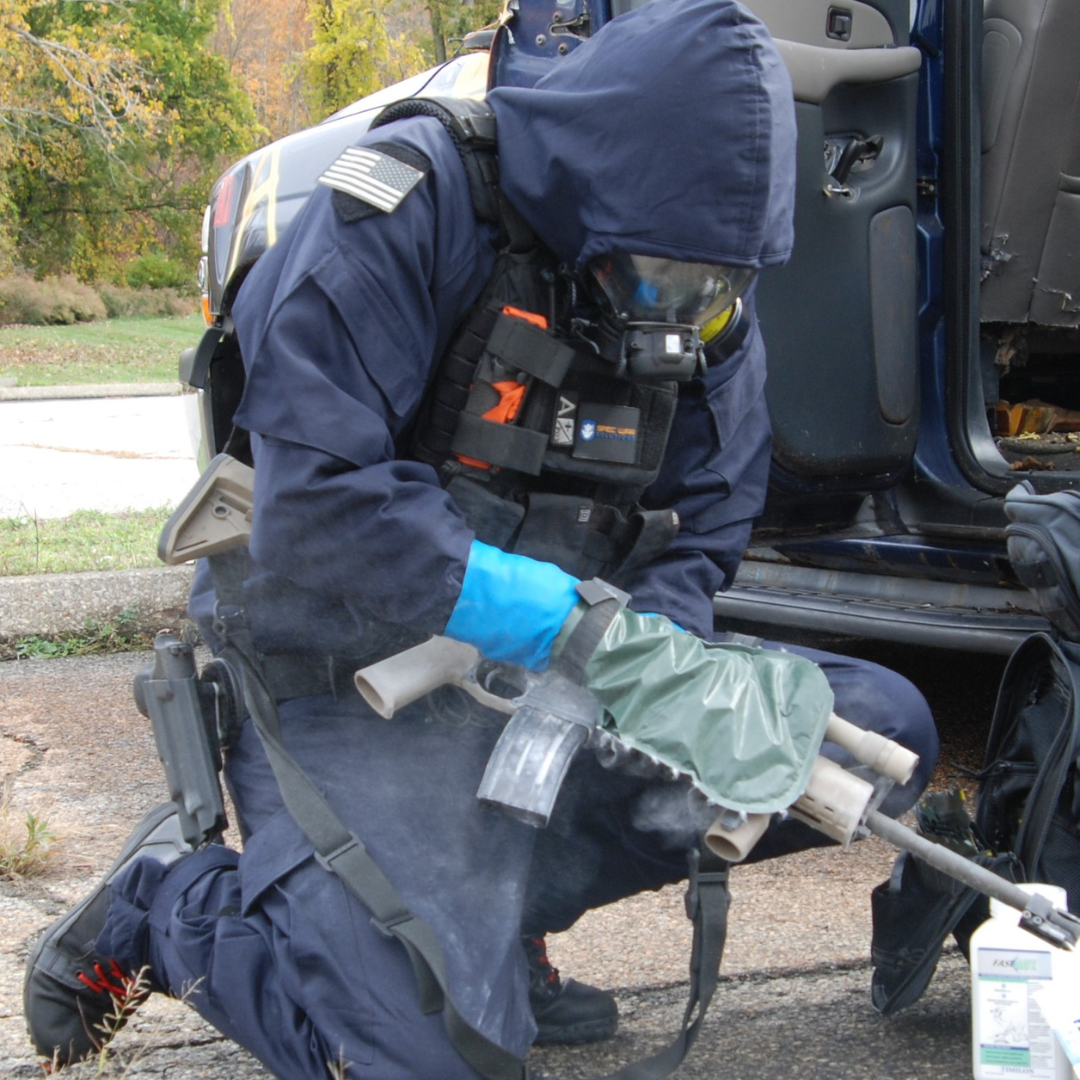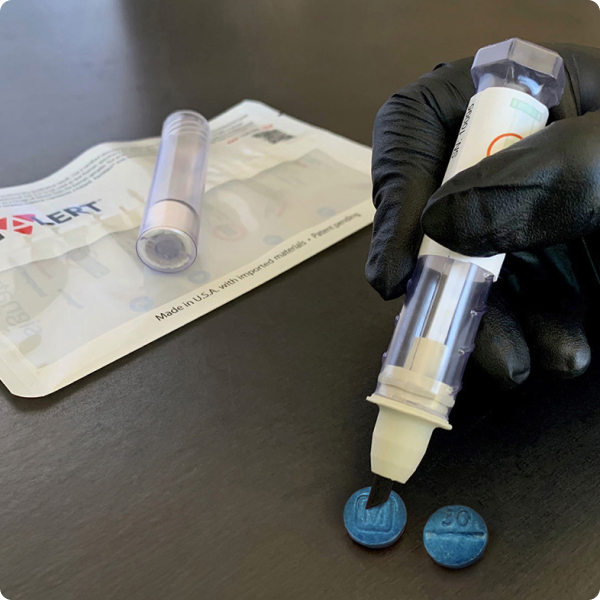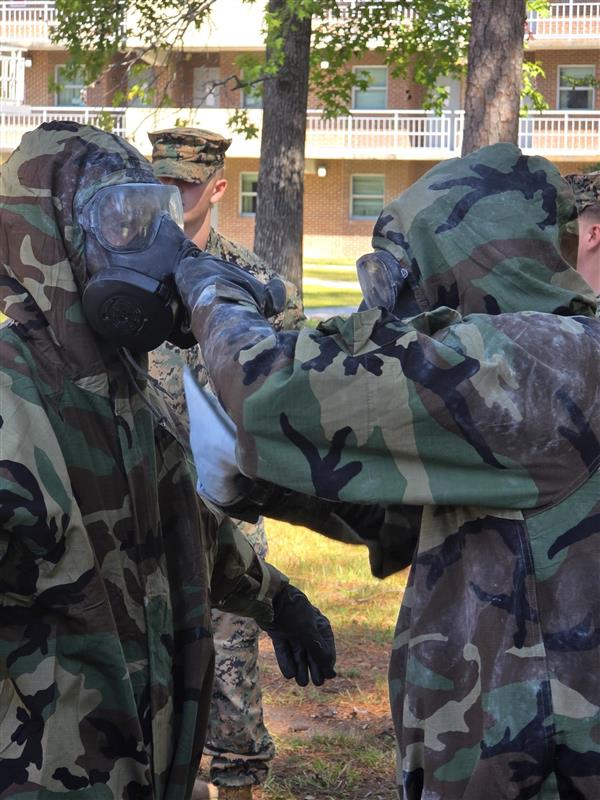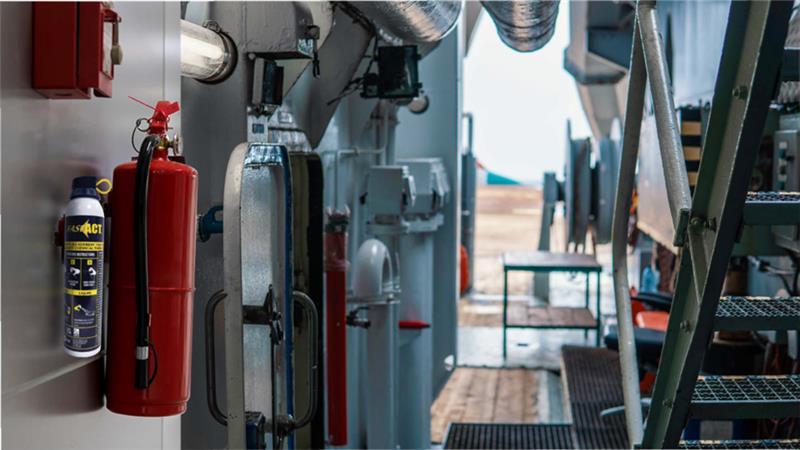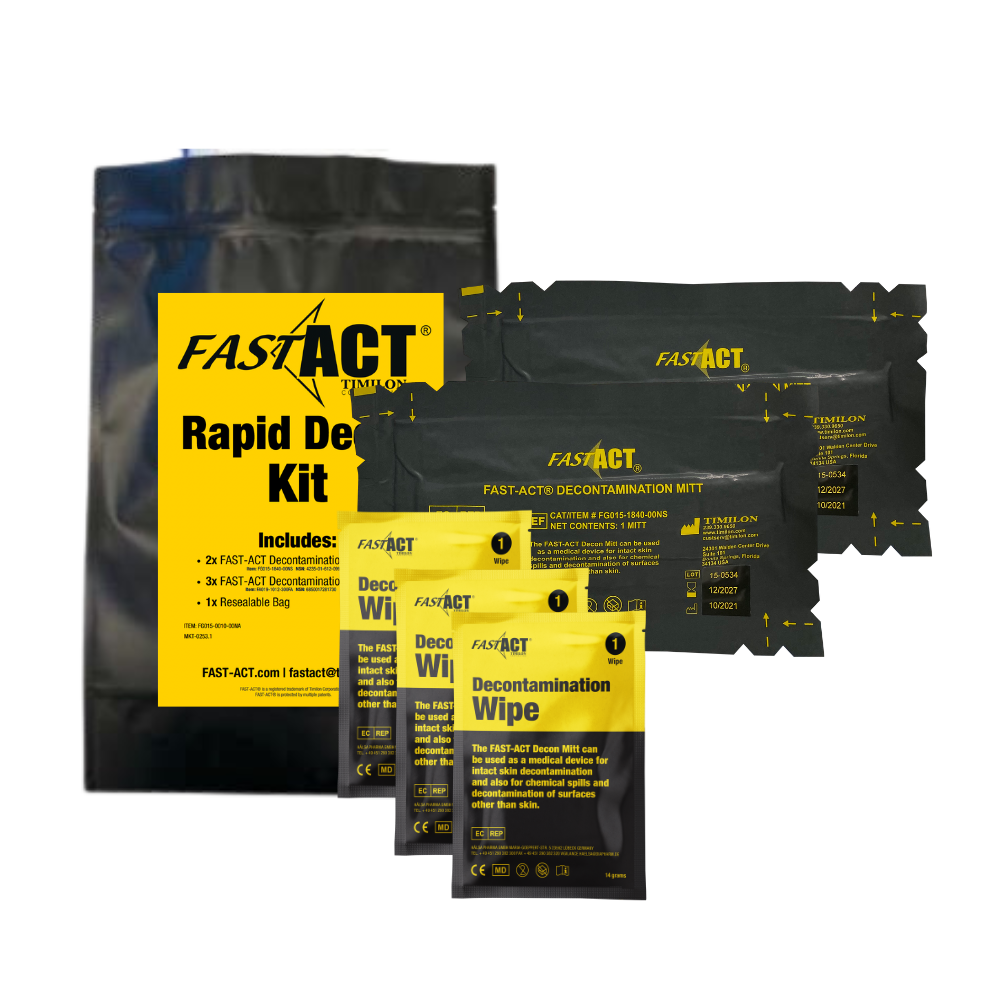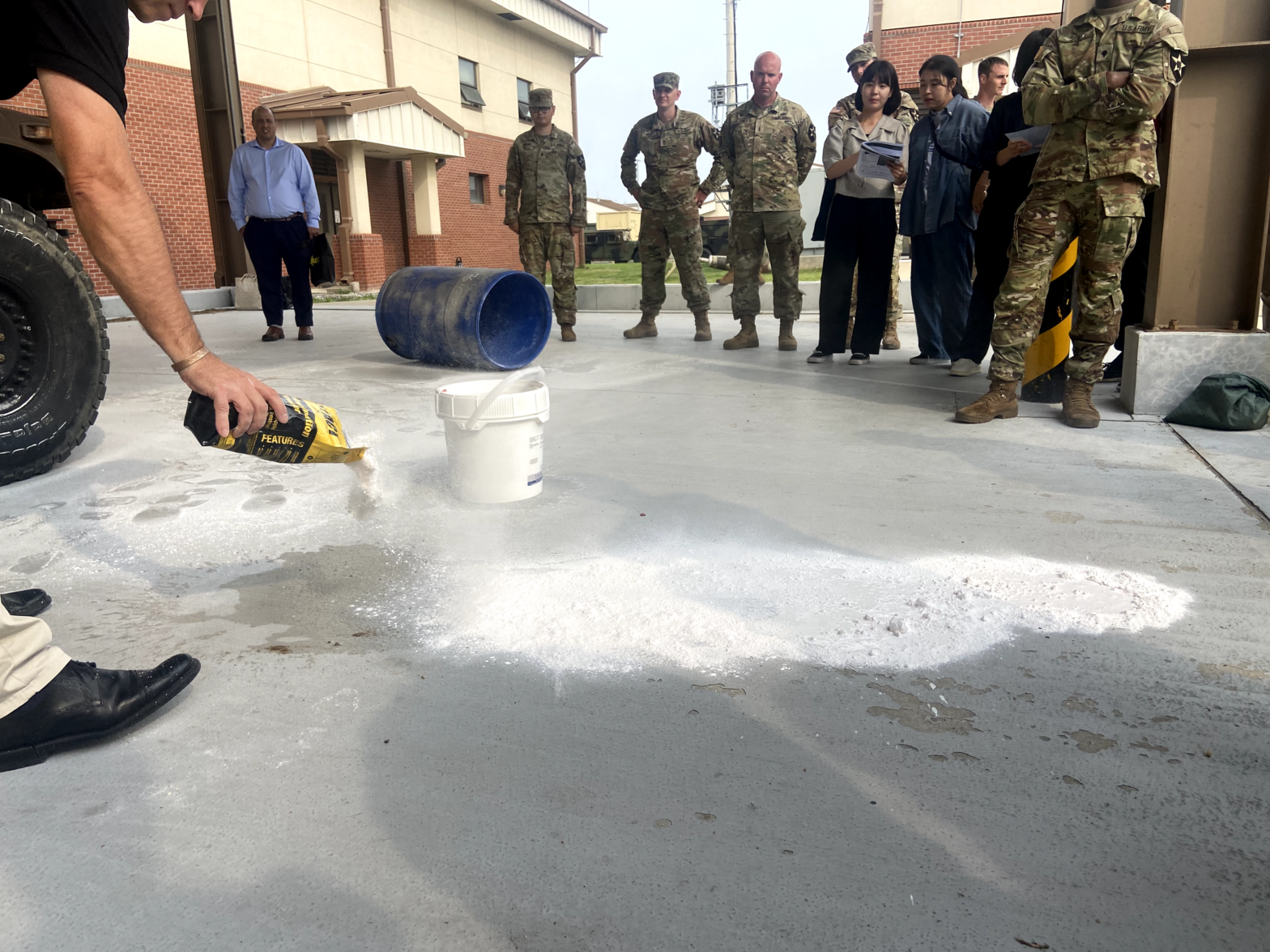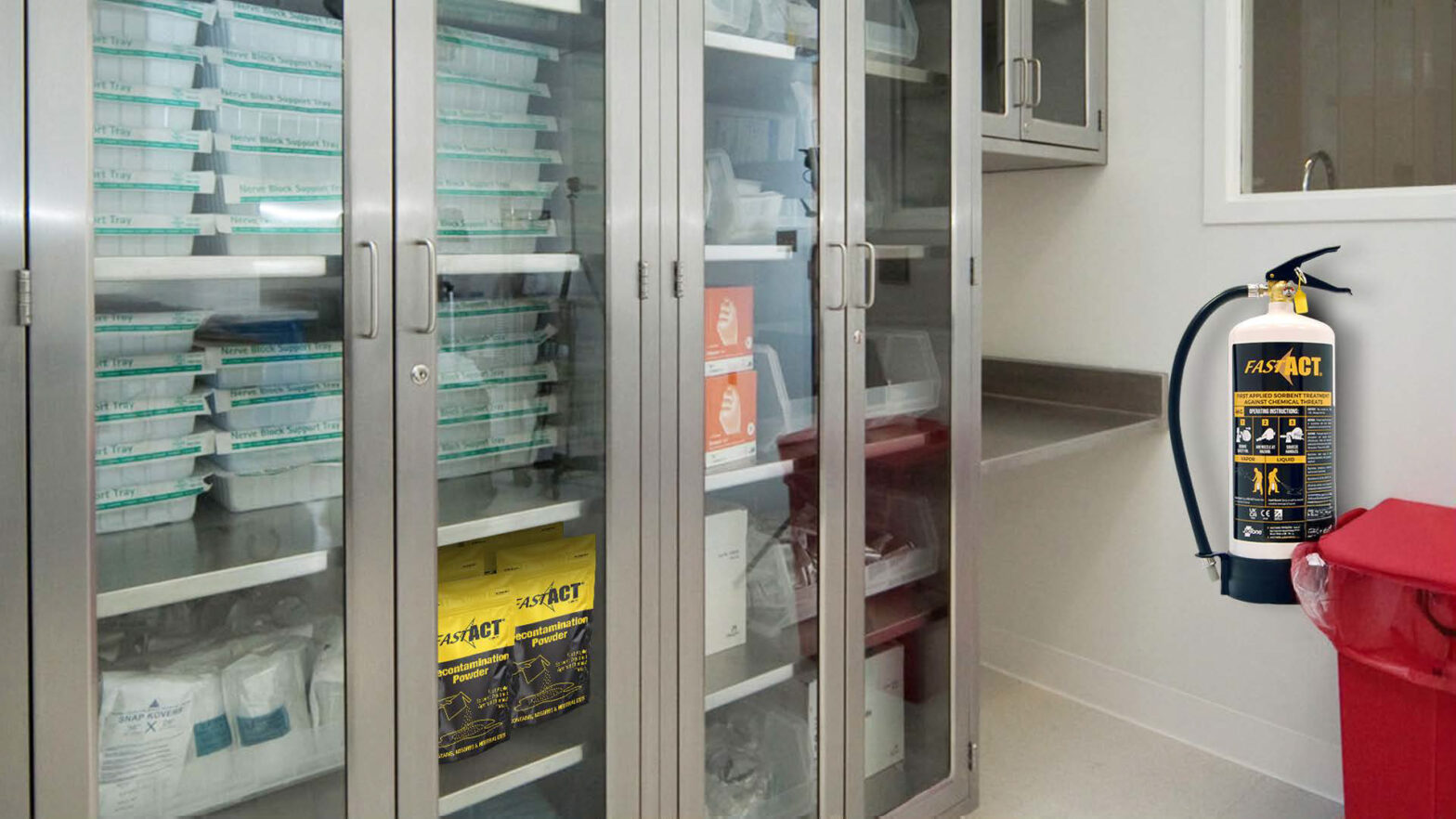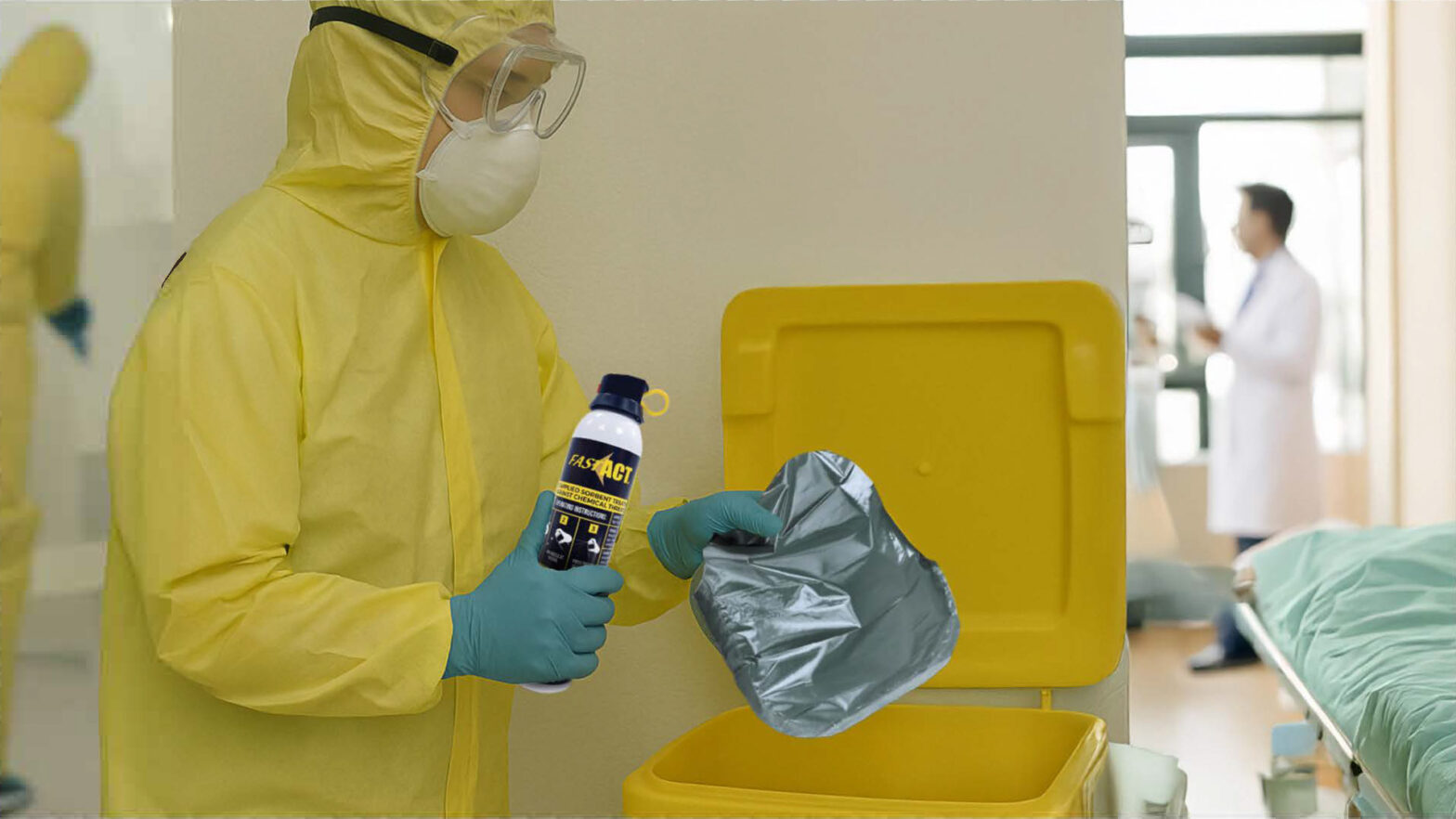This blog will cover how Emergency Response Teams, security sector professionals, and regional governments can integrate dry decontamination technologies and vapor threat neutralization strategies into their event playbooks to ensure safe, efficient, and scalable response to Chemical Warfare Agents, Biological attacks, terror incidents, or lithium-ion battery fires that may arise in high-density environments.
Tag: best dry decontamination
Defending Against the Unknown: Why the FAST-ACT DEFEND Kit is Critical for First Responders
The rise of fentanyl and other illicit drugs has amplified these risks. For those on the front lines, having a reliable, field-ready solution for both detection and decontamination is no longer optional—it’s essential.
FAST-ACT September Event Highlights: Expanding Training & Global Engagement
This September, FAST-ACT continues its mission of equipping first responders and defense partners with proven chemical decontamination solutions.
FAST-ACT vs. Traditional Sorbents: A Smarter Solution for Industrial Chemical Response
For decades, many sites have relied on traditional absorbent materials like soda ash, vermiculite, or clay absorbents. While these are common in spill kits and spill response kits, they have one fundamental limitation: they do not neutralize hazardous chemicals. Instead, they merely soak up or contain a substance, leaving potential hazards and health risks behind.
Rapid Decontamination: Why Speed and Preparedness Save Lives
When hazardous materials are released—during a chemical spill, civil unrest, or exposure to unknown powders—time is critical. Rapid decontamination can dramatically reduce the risk of chemical exposure, limiting health threats to responders and the public.
Understanding Cyclosarin: A Comprehensive Guide to Its Chemical Properties and Effects
This guide breaks down cyclosarin’s chemical properties, health effects, and environmental behavior, while also showing how FAST-ACT decontamination solutions protect communities against these toxic chemicals.
Hospital Decontamination Without Compromise: Protecting Patients, Staff, and Equipment
This post concludes our hospital decontamination blog series, following Part 1: Rethinking Hospital Decontamination and Part 2: Inside the Protocol: A Hospital SOP for Dry Chemical Decontamination.
FAST-ACT August Event Highlights: Supporting First Responders Nationwide
This August, the FAST-ACT team was on the road providing hands-on training and support to first responders facing today’s most urgent chemical and hazardous material threats.
Inside the Protocol: A Hospital SOP for Dry Chemical Decontamination
In the face of chemical incidents, hospitals are often the first point of contact—before any decontamination protocols have been applied. For regional emergency department staff, this poses immediate risks: volatile chemicals, systemic toxicity, and potential secondary contamination that could impact both patients and staff. A fast, reliable, and adaptable protocol becomes essential.
Not All Dry Decontamination Is Created Equal: What to Look for in a Real Solution
Not all dry decontamination tools perform the same. Some are built to absorb or contain, while others are designed to neutralize the threat entirely. If your team is deciding between dry options, here’s what to know before making the call.

